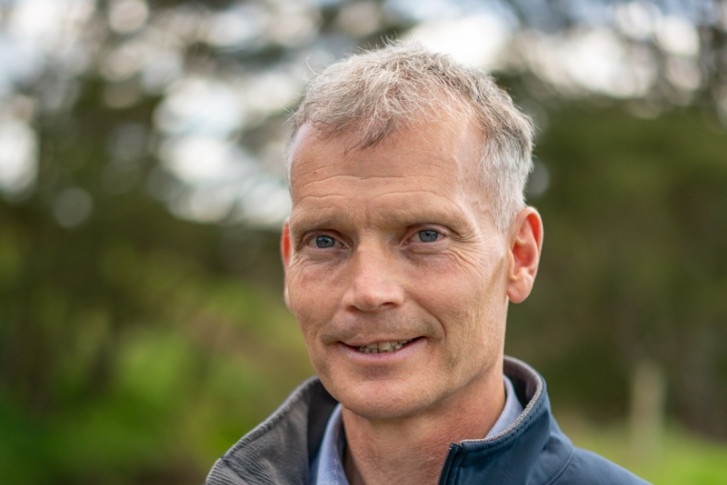NIWA, in collaboration with industry partners, has demonstrated that Covered Anaerobic Pond (CAP) systems for the collection and use of biogas from piggery waste can make good financial sense, and improve the environmental impact of livestock farming substantially.
Introduction
Effluent management is an important issue for New Zealand's rural sector. It can be a source of unpleasant odours and also a substantial contributor to farm greenhouse gas (GHG) emissions, particularly methane, which is 21 times more potent than carbon dioxide.
The collection and combustion of methane has been identified as a sensible means for reducing agricultural GHG emissions. Where factors like scale and location allow for it, additional benefit can also be derived - for example, the combustion of recovered methane in a generator for producing on-site heat and electricity.
NIWA research has helped to make CAP systems simpler and cheaper to construct and operate than alternative anaerobic (biogas) digestion systems. To demonstrate these advantages in the field, NIWA has collaborated with industry partners the New Zealand Pork Industry Board (Pork NZ) and Australian Pork Ltd. (APL) to design and build a CAP-based biogas collection and use system at Steve Lepper's piggery in Taranaki.
Approach
In the absence of oxygen, anaerobic microorganisms break down wastewater solids (such as those contained in manure) to biogas – a mixture mainly consisting of methane and carbon dioxide. While most biogas projects rely on engineered, heated digesters, NIWA research has shown that ambient temperature CAPs can be equally efficient and effective for converting manure solids into biogas.
For this project, a purpose designed deep pond of 7000 m3 volume was built and covered with a heavy duty plastic cover. The cover collects biogas produced in the pond, and also acts as buffer storage for biogas.
A network of pipes is used to draw the biogas out from underneath the cover. From there, it is pumped to a filter to remove traces of corrosive hydrogen sulphide gas, and through a gas cooler for moisture reduction.
Once cleaned the biogas is used to fuel a spark ignition gas engine, which powers a 48 kilowatt electrical generator.
Result
The cover traps around 300 m3 of biogas, containing about 200 m3 of methane, every day. This is the equivalent of more than three 45kg gas cylinders each day. After 8,000 run hours and ¼ million kWh electricity generated, the biogas use system and the 7000 m3 CAP at the piggery have proven reliable.
Generated electricity is used on-site, and provides over half of the piggery's electricity needs. Waste heat from the generator cooling system and the exhaust gases is simultaneously recovered in the form of hot water. This hot water is then used within the piggery's breeding unit for heating via an under-floor heating system, which has enabled the piggery to replace costly electrical radiant heat lamps, and increase energy self-sufficiency further.
Incremental refinements are still being made to increase efficiency and broaden the scope for more use of generator waste heat. However, with on-going electricity savings of more than NZ$35,000 a year the system has already proven its financial viability.
The Covered Anaerobic Pond based biogas system at Steve Lepper's piggery also won the Small-Medium Business category in the Energy Efficiency and Conservation Authority (EECA) awards in 2010.

